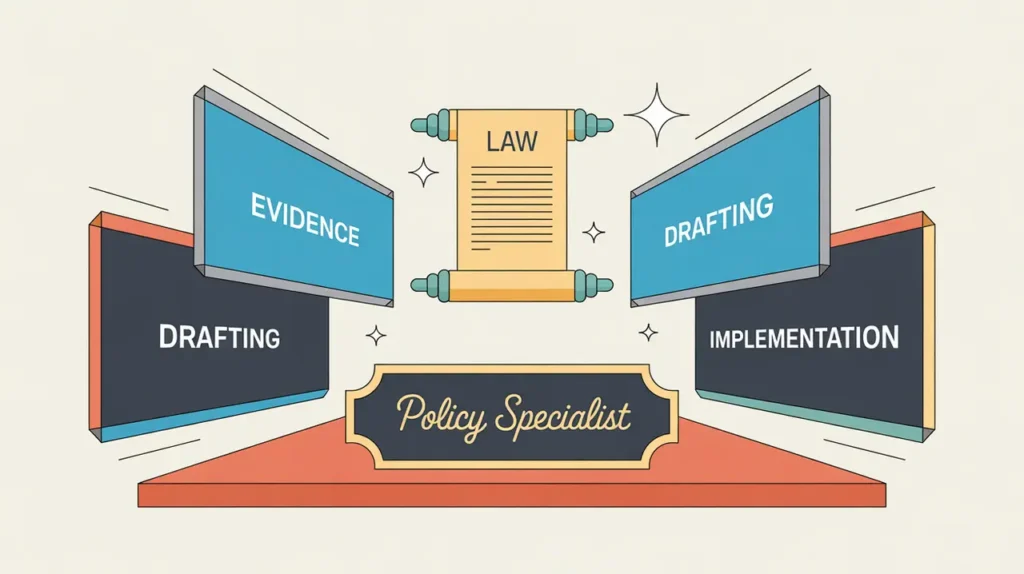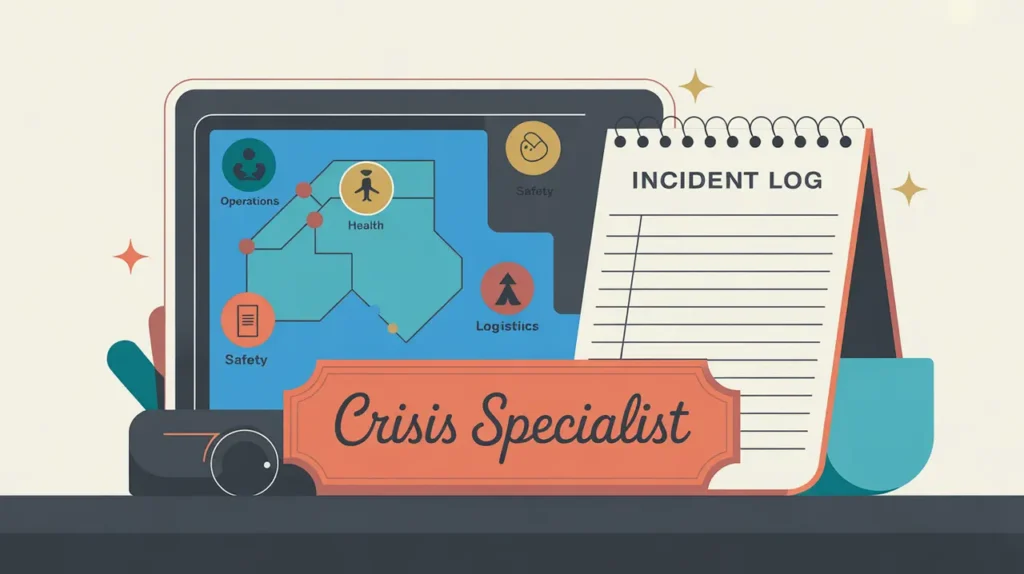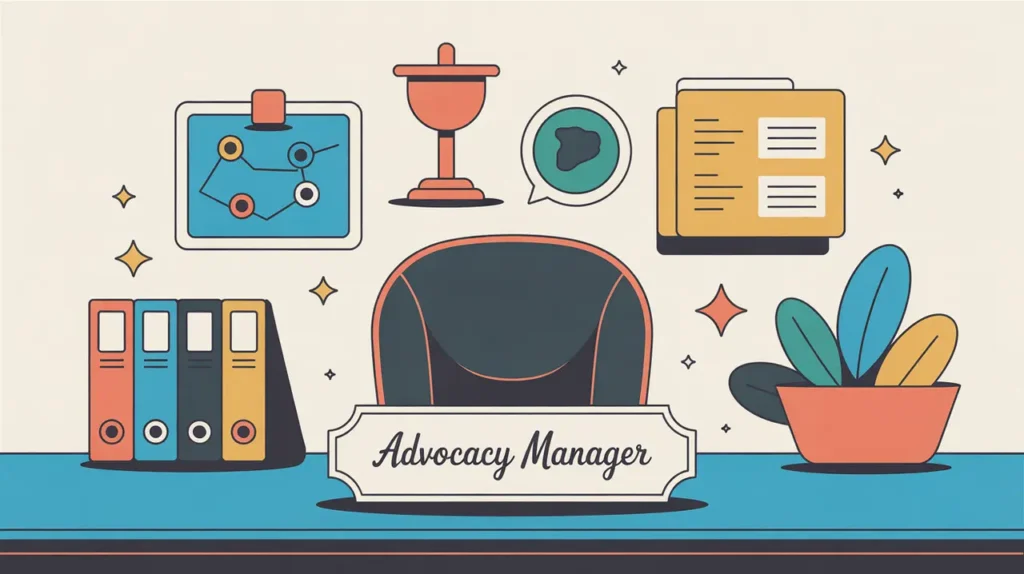What Does the Communications Assistant Role Involve?
A communications assistant supports the execution of an organization’s communications strategy by handling a range of tasks that ensure messages are clear, consistent, and effectively distributed. This involves drafting and editing content, managing social media accounts, assisting with media outreach, updating websites, supporting events, and coordinating internal communications. The role sits within the communications function, typically supporting communications managers or officers. In both nonprofits and social enterprises, communications assistants play an important role in amplifying the organization’s voice, maintaining its public presence, and supporting mission-driven storytelling.
At What Level does this Role Operate?
Entry Level: This role typically reports to a communications manager or officer and focuses on supporting day-to-day communications activities. It involves executing tasks, learning sector communication practices, and building foundational skills in media, writing, and digital engagement.
Relative Employability: Entry-level communications roles are common across nonprofits, social enterprises, and mission-driven organizations. They are well suited to individuals looking to build careers in media, marketing, advocacy, or strategic communications.
Relative Pay Scale: Within nonprofits and social enterprises, communications assistant roles sit at the lower end of the pay scale, reflecting their entry-level status and support-focused responsibilities.
What are the Key Responsibilities and Activities?
- Draft, edit, and proofread communications materials including press releases, newsletters, blog posts, and social media content
- Support the management of the organization’s website and digital platforms
- Assist with social media scheduling, posting, and monitoring engagement
- Coordinate logistics for communications campaigns, events, and media outreach
- Maintain media lists, contact databases, and other communications records
- Support internal communications and help ensure consistent messaging across teams
- Monitor media coverage and compile reports on communications performance
- Provide administrative support to the communications team as needed
What Core Competencies and Qualifications are Needed?
Required Qualifications and Experience
The following reflect common qualifications and experience expected for this role, while recognizing that pathways may vary by context, organization, and region.
- Relevant academic background in communications, journalism, public relations, marketing, or a related field, or equivalent experience through internships or volunteer work
- Strong writing, editing, and verbal communication skills
- Familiarity with social media platforms, content management systems, and basic design tools
- Demonstrated organizational skills and attention to detail
- Ability to work collaboratively and manage multiple tasks simultaneously
Key Competencies
- Clear and engaging writing and editing abilities
- Digital literacy and familiarity with online communications tools
- Organizational and administrative support skills
- Responsiveness and willingness to learn
- Ability to follow brand guidelines and ensure message consistency
- Commitment to mission and effective storytelling
How are AI and Automation Shaping this Role?
An AI-native communications assistant will look to AI and automation to streamline content creation, scheduling, and analysis. They can use AI tools to generate draft content, tailor messages to different audiences, and optimize posting schedules. Automation can support social media monitoring, email campaigns, and website updates, allowing the assistant to focus on creativity, engagement, and skill development. By integrating AI thoughtfully, communications assistants can work more efficiently while learning how to leverage emerging tools to amplify organizational impact.
What Career Pathways and Transferable Skills are Associated with this Role?
Communications assistant roles provide a foundation for progression to communications officer, manager, or strategist positions. The skills developed (content creation, digital engagement, media relations, and storytelling) are transferable across nonprofits, social enterprises, advocacy groups, public institutions, and corporate communications. Many professionals in senior communications and public affairs roles begin their careers in positions like this, gaining practical experience and sector knowledge that shape their strategic capabilities later on.







